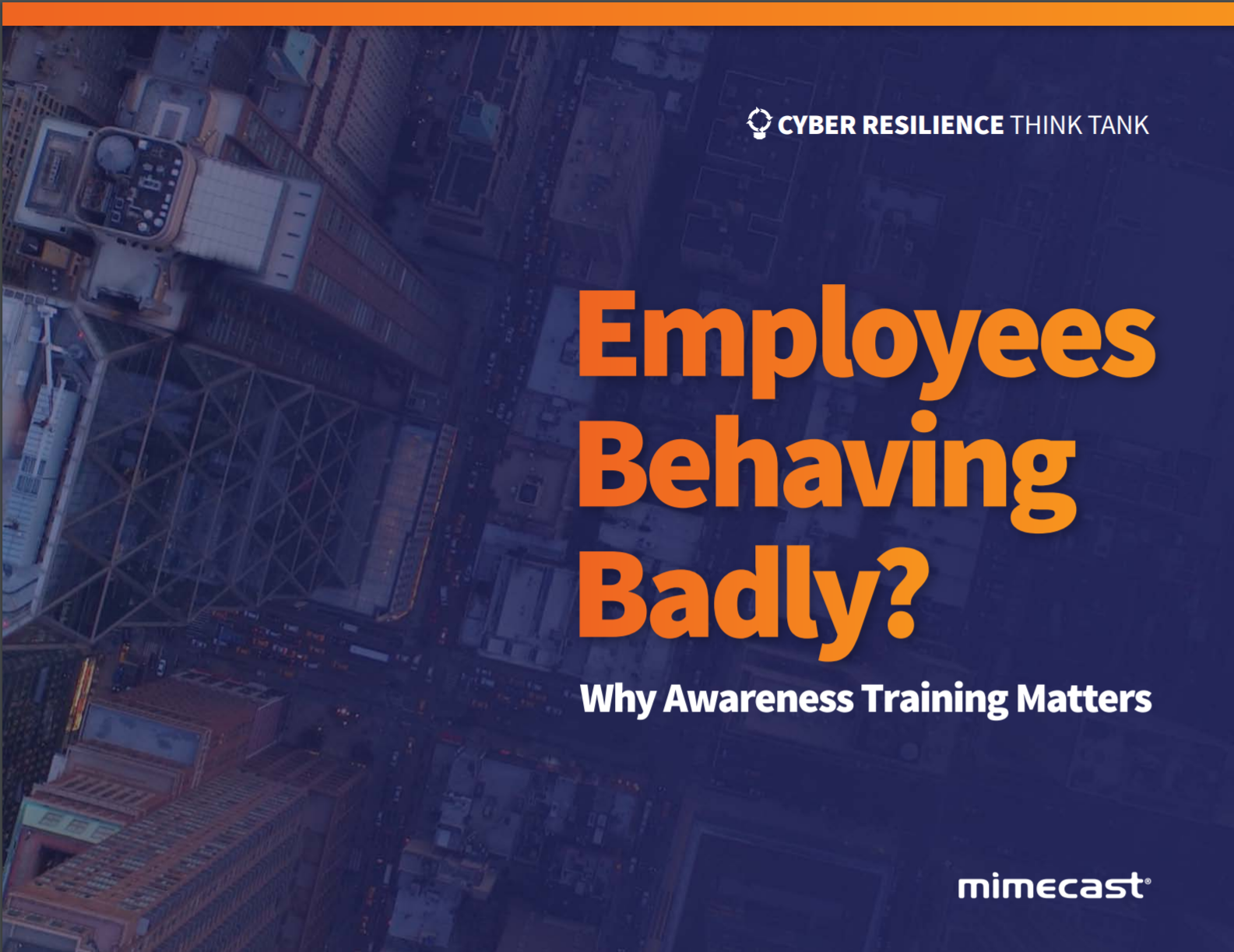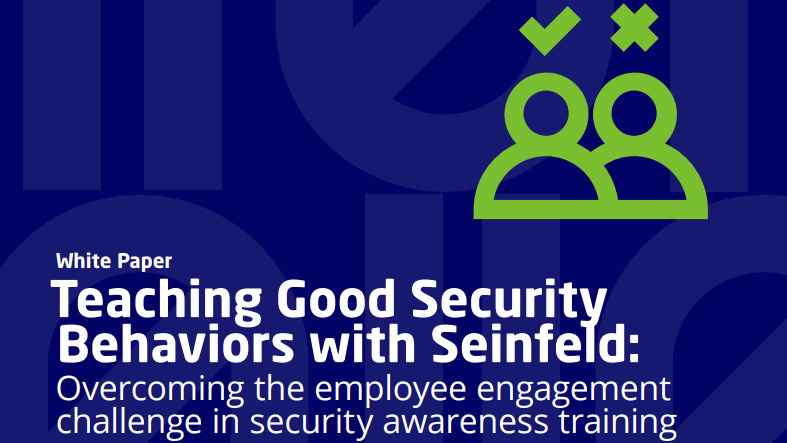Gartner: CDOs are plotting a course to become CEO
CDOs are pioneering a new organisational function alongside IT, HR and finance

Fifteen per cent of chief data officers (CDOs) will become CEO or move into other C-level positions by 2020, according to analyst firm Gartner.
In its second annual CDO survey, Gartner found that early adopters of the CDO role are pioneering a new organisational function to sit alongside IT, business operations, HR and finance.
"The office of the CDO is being established as an operational department with the appropriate staffing, budget and responsibilities," said Debra Logan, vice president and Gartner fellow.
Gartner found that 30% of the surveyed CDOs said they report directly to the CEO, demonstrating the importance placed on the role.
And the value attached to the role has led Gartner to predict that more than a sixth of successful CDOs will move into a CEO, COO, CMO or other C-level role.
Hiring a CDO
Jamie Popkin, a Gartner vice-president, said: "24% of the respondents said that the board of directors wanted the role.
Get the ITPro daily newsletter
Sign up today and you will receive a free copy of our Future Focus 2025 report - the leading guidance on AI, cybersecurity and other IT challenges as per 700+ senior executives
"The board's involvement, together with the responses pointing to a specific crisis or problem, and the 41% of respondents who said that the CEO or CFO wanted the role, makes it safe to assume that this was a major strategic decision that affected business operating models," he added.
Popkin emphasised the importance of CDOs working closely with CIOs - although perhaps surprisingly only 62% of CDOs said they treat the CIO as an ally or partner.
More than half (54%) of the organisations that Gartner surveyed said that they had partially or fully implemented an 'office of a CDO' (OCDO), with a further 20 per cent looking at implementing an OCDO within the next year. However, a fifth of organisations said they were unlikely to implement an OCDO.
The main business objectives of the OCDO were to increase customer intimacy (62%), competitive advantage (60%), and efficiency (54%), while the main organisation-wide responsibilities are oversight of analytics initiatives (69%) and data governance (68%), followed by defining the analytics strategy (64%) and ensuring information reliability and value (64%).
-
 Should AI PCs be part of your next hardware refresh?
Should AI PCs be part of your next hardware refresh?AI PCs are fast becoming a business staple and a surefire way to future-proof your business
By Bobby Hellard
-
 Westcon-Comstor and Vectra AI launch brace of new channel initiatives
Westcon-Comstor and Vectra AI launch brace of new channel initiativesNews Westcon-Comstor and Vectra AI have announced the launch of two new channel growth initiatives focused on the managed security service provider (MSSP) space and AWS Marketplace.
By Daniel Todd
-
 The truth about cyber security training
The truth about cyber security trainingWhitepaper Stop ticking boxes. Start delivering real change.
By ITPro
-
 Employees behaving badly?
Employees behaving badly?Whitepaper Why awareness training matters
By ITPro
-
 Teaching good cyber security behaviors with Seinfeld
Teaching good cyber security behaviors with SeinfeldWhitepaper Overcoming the employee engagement challenge in security awareness training
By ITPro
-
 Biden appoints new federal CIO
Biden appoints new federal CIONews Her challenge is to modernize government IT systems and improve accessibility
By Mike Brassfield
-
 Ten ways to protect your company from the next big data breach
Ten ways to protect your company from the next big data breachIn-depth Even big-name corporations can’t prevent all breaches, but there are ways to protect your business
By Tyler Omoth
-
 Department of Defense appoints John Sherman as acting CIO
Department of Defense appoints John Sherman as acting CIONews Cloud modernization and SolarWinds fallout likely to top his to-do list
By Danny Bradbury
-
 What is identity management and what role does it play in a security strategy?
What is identity management and what role does it play in a security strategy?In-depth Make sure only the right people have access to your infrastructure
By Zach Cooper
-
 Homeland Security warns businesses of Oracle and SAP ERP vulnerabilities
Homeland Security warns businesses of Oracle and SAP ERP vulnerabilitiesNews Oracle and SAP urge customers to apply patches to secure systems against hackers
By Keumars Afifi-Sabet